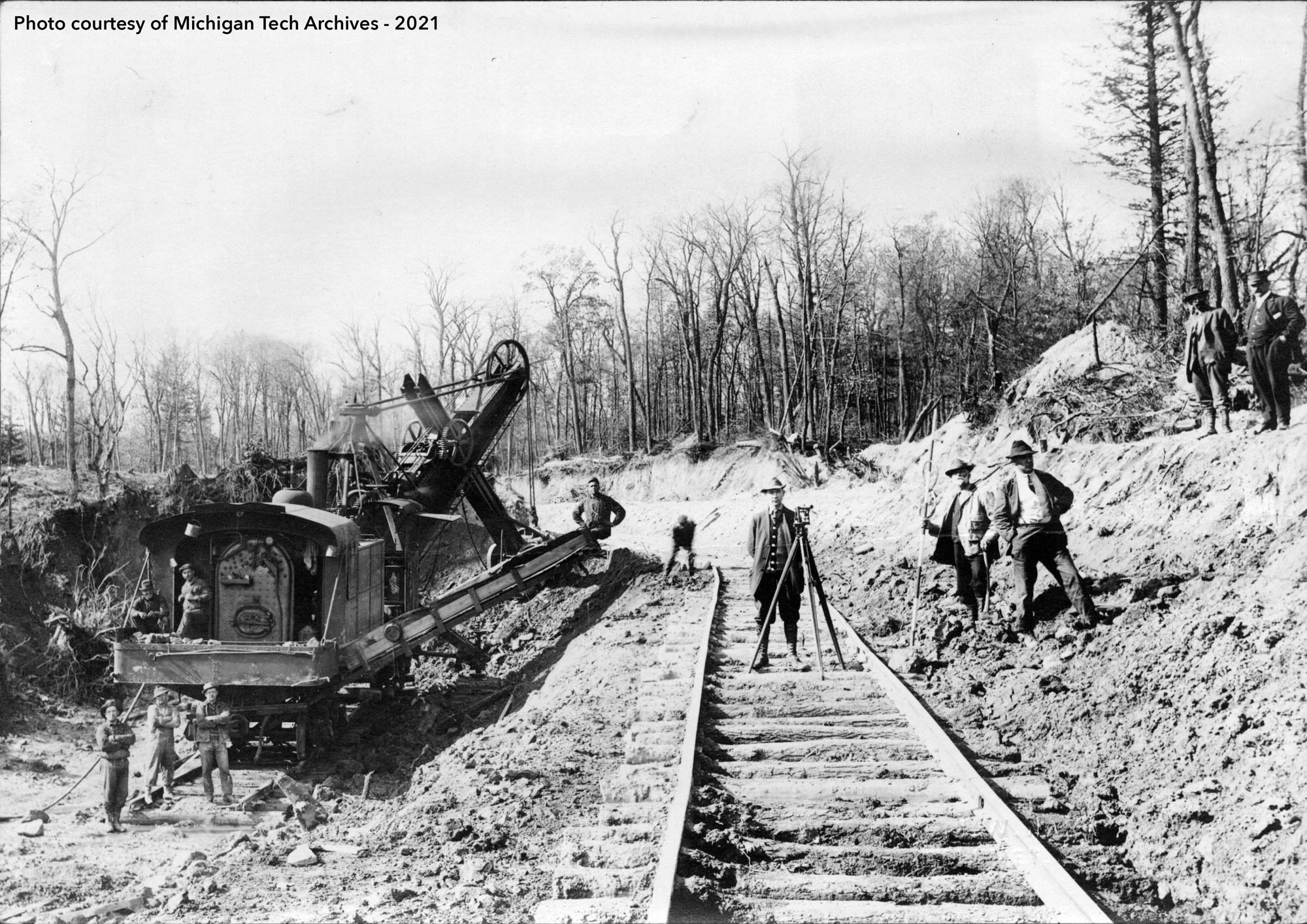
After Wright and his colleagues lobbied for the road in 1898, controlling interest was transferred to the Copper Range Company. Shortly after, a first board of directors meeting was held. With a firm supporting organization and a drive to complete the railroad to receive the promised land from the St, Mary’s Canal and Mineral Land company, bidding was started for construction of the main line and early equipment.
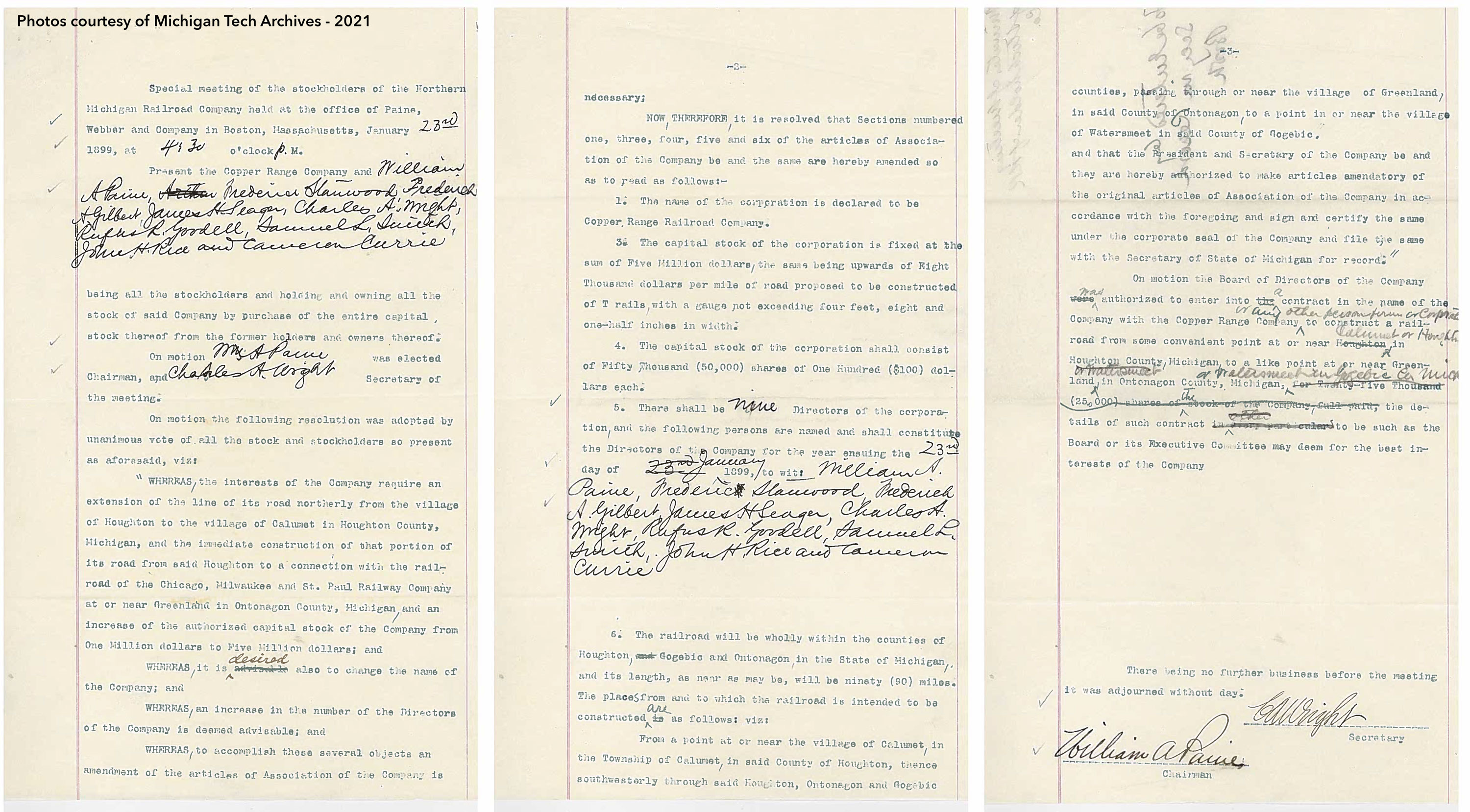
Following the organization of the Copper Range Railroad Company, in November 1898 Thomas Appleton of Massachusetts was selected as chief engineer to oversee the line survey and the engineering challenges of construction and maintenance.
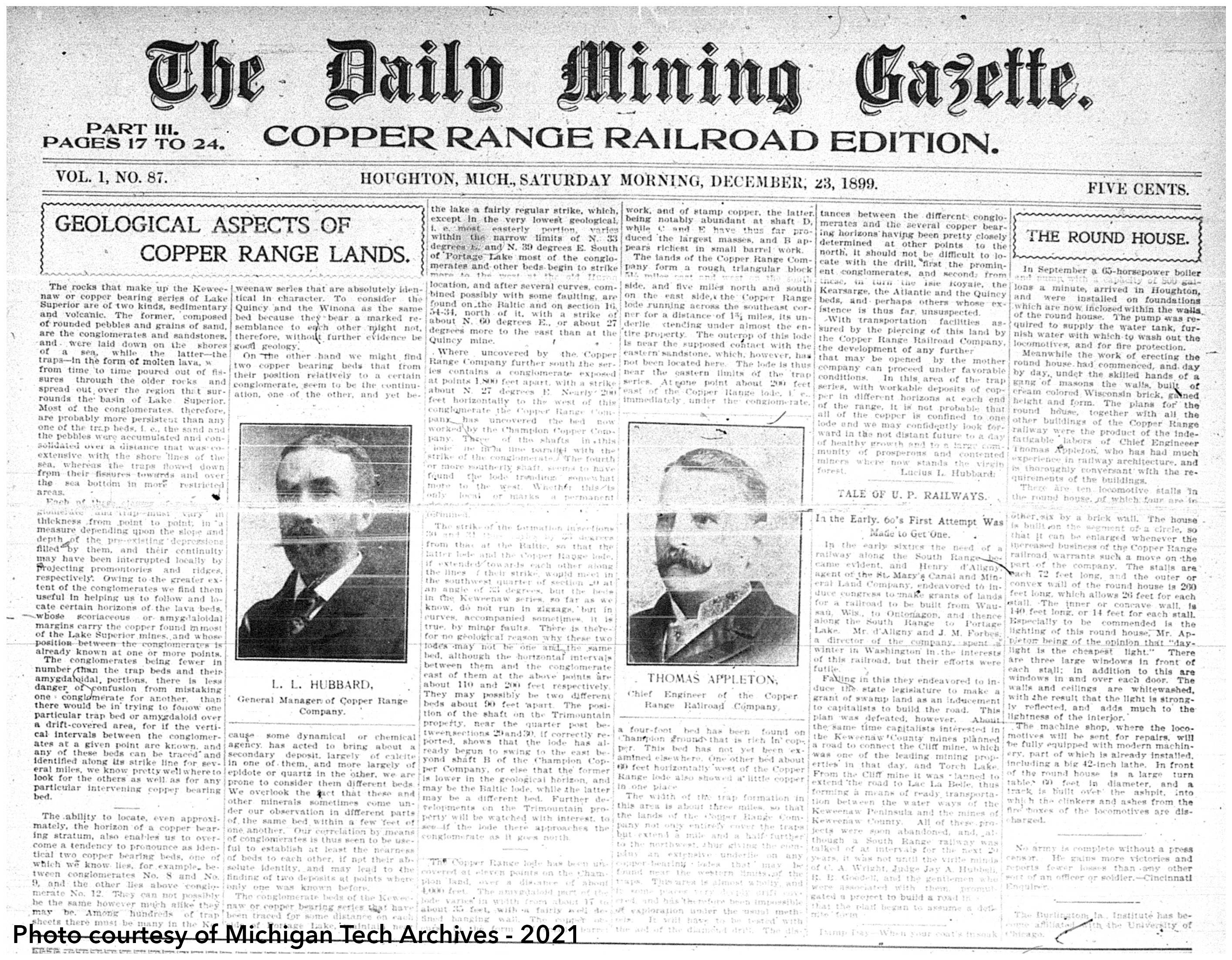
Appleton was a graduate of Rensselaer Polytechnic Institute, and at the time of his hiring had vast experience in the construction of railroads. He had experience in building railroads in New England and the western US. He also once served as Assistant to the Chief Engineer for the Chicago, Milwaukee, and St. Paul railroad. These experiences equipped him for the rugged terrain and weather of the Copper Country and its effects on building a railroad.
Soon after, Appleton and his crew began surveying the new railroad. The majority of these surveys were finished in the winter of 1898-1899, which by accounts from the Daily Mining Gazette was an exceptionally hard winter.
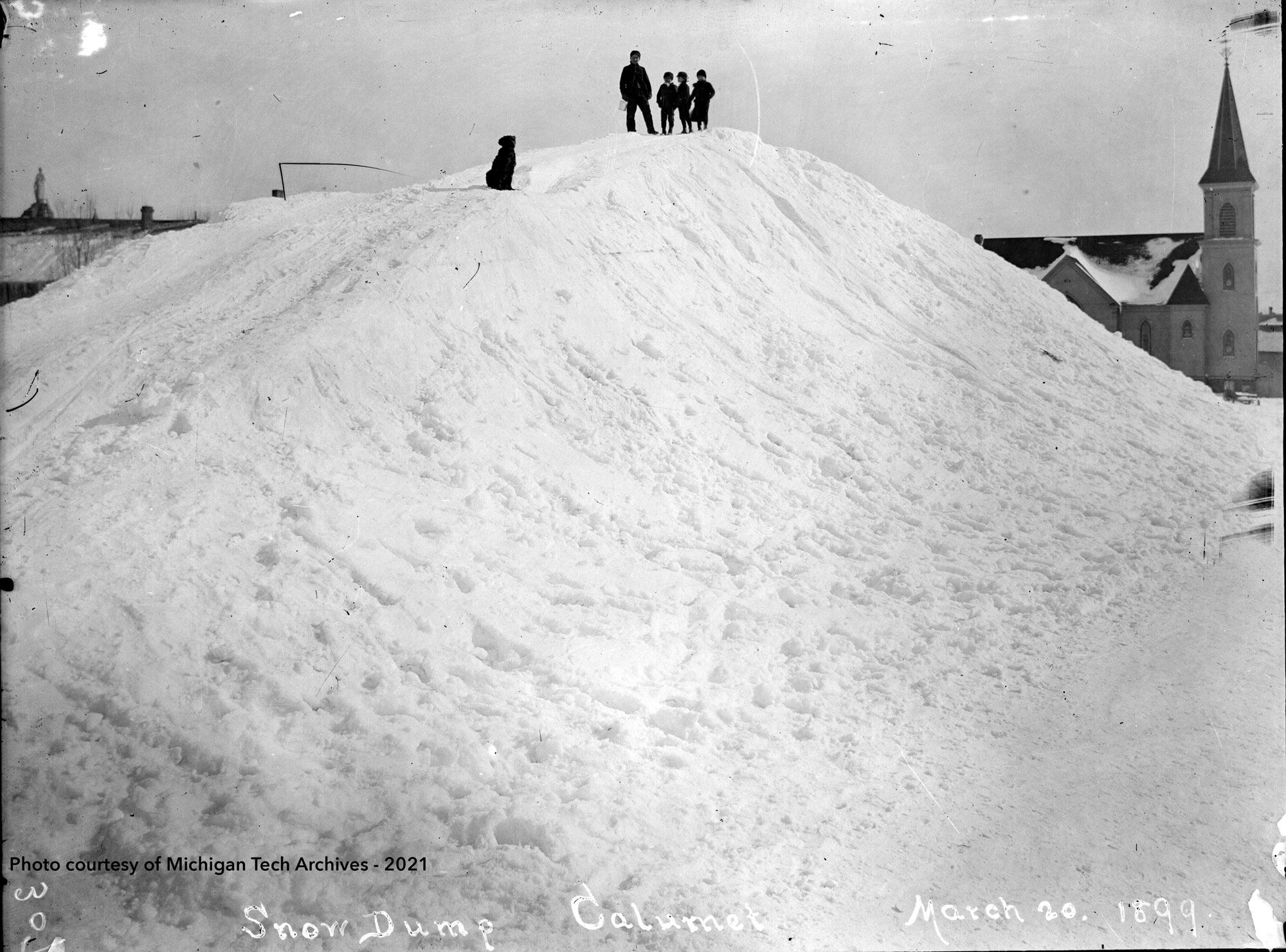
Further showing their resolve to complete a railroad, the team conducted their work while living in tents and using snowshoes to maneuver in the brutal Keweenaw winter. What resulted from the surveys was highly touted. The Daily Mining Gazette claimed the maximum grade of the entire road was no greater than 2% at the Houghton and Messner siding, while remaining below 1% on the rest of the line. This was quite an accomplishment.
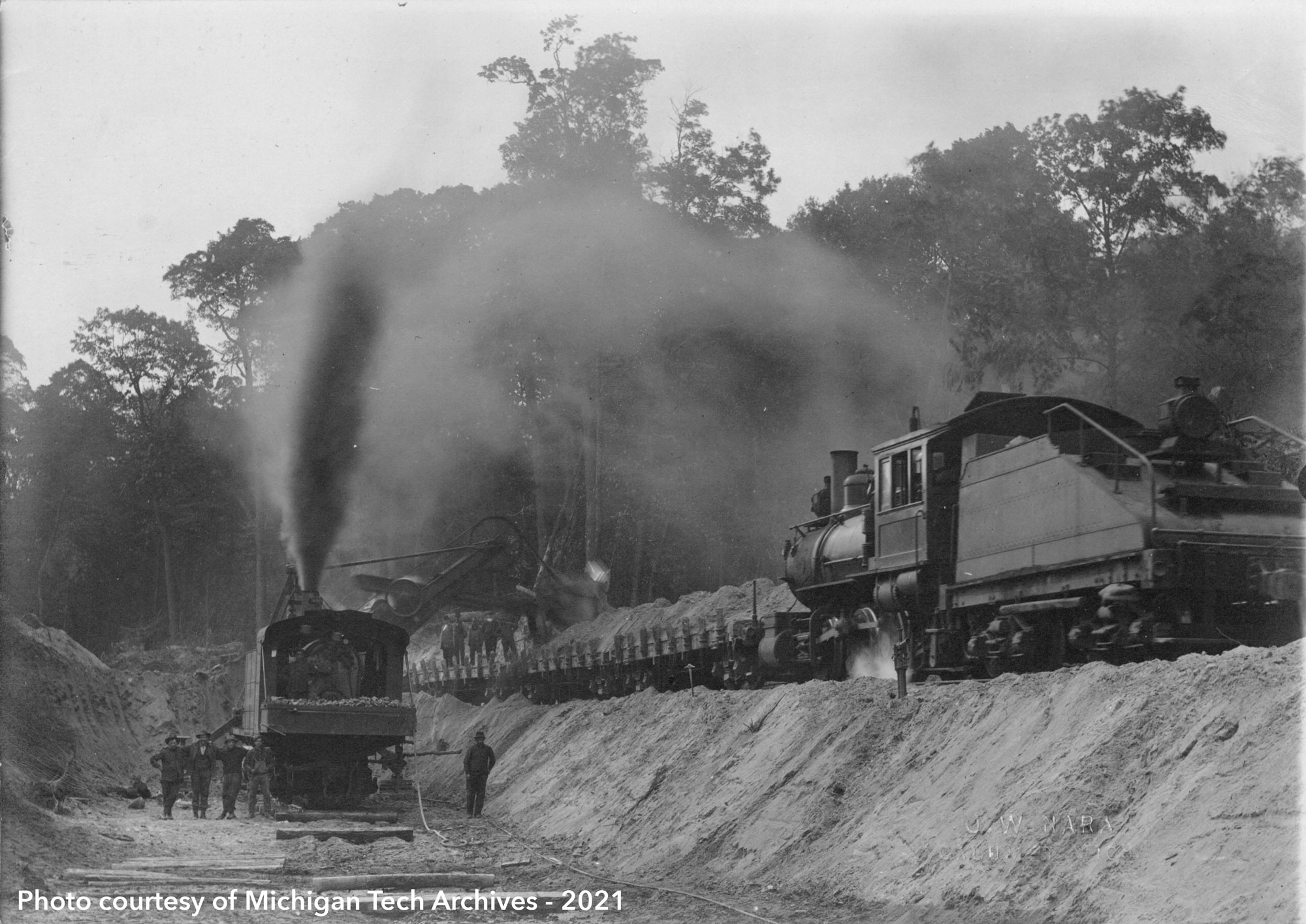
 |
 |
